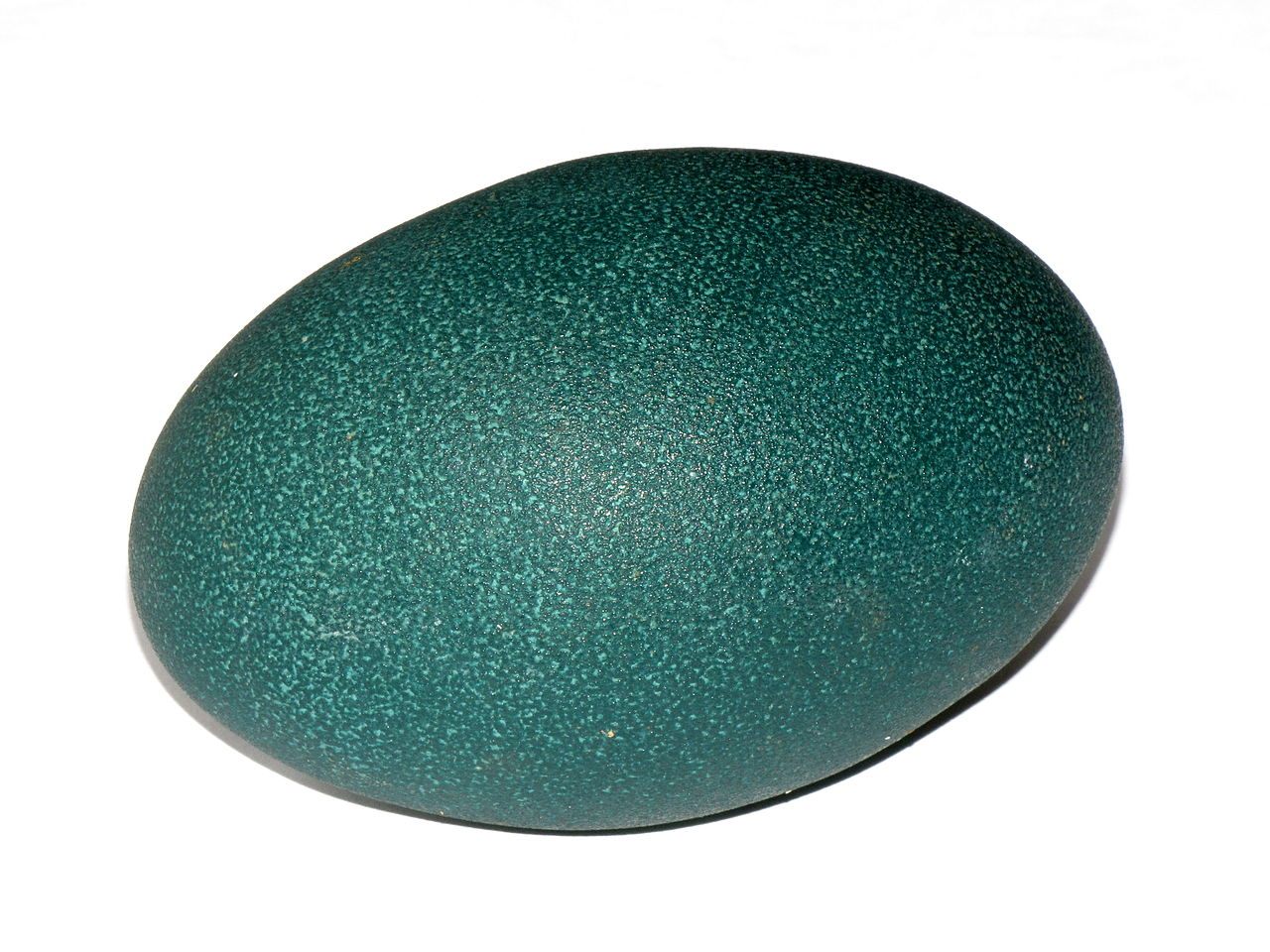Birds’ Egg Shapes Might Be Determined By How Well They Fly
Streamlined bodies mean streamlined eggs.

When it comes to bird eggs, the softly rounded chicken eggs in your refrigerator are pretty boring. Common Murres, for example, have pointy, teardrop-shaped eggs, while Great Horned Owls lay spherical eggs. There have been plenty of theories about what determines egg shape over the years—Aristotle thought male birds hatched from pointier eggs, and today’s ornithology textbooks say nest type or incubation styles drive egg shape evolution. But now an international team of scientists have a new explanation: Egg shape is related to how well a species flies.
The team relied on physics, math, and data characterizing close to 50,000 eggs from about 1,400 species of birds from the Museum of Vertebrate Zoology at University of California, Berkeley. They looked at variables that have all been proposed as influences of shape in the past — including nest form, the number of eggs laid at a time, diet — and another variable known as the hand-wing index, which measures how efficient birds fly. While modern textbook explanations for egg shapes make logical sense, only the hand-wing index correlated with egg shape.

Egg shape varies in two ways — how elliptical they are, and how asymmetric they are. The pointy, oblong eggs of the Common Murre are both very elliptic and asymmetric. Round owl eggs are neither. Birds, including the Common Murre, that are efficient flyers have more elliptical, asymmetric eggs. The researchers write that this might be related to their streamlined body shape, and in turn, their narrow pelvic openings. This also explains variation in egg shapes among flightless birds. Kiwis and ostriches lay eggs that are fairly symmetrical, while penguins, which have streamlined bodies for swimming, lay pointier eggs. Among birds that fly, the species that spend more time in the air or rely on powerful bursts of flight to catch food tend to have the more elliptical, asymmetric eggs.























Follow us on Twitter to get the latest on the world's hidden wonders.
Like us on Facebook to get the latest on the world's hidden wonders.
Follow us on Twitter Like us on Facebook